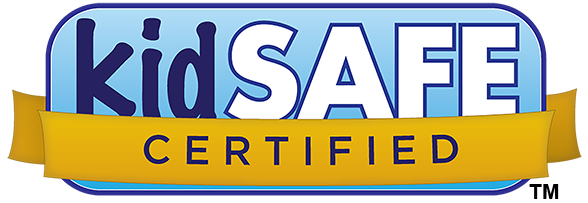Welcome to our new series featuring interviews with the behind-the-scenes experts here at Earth Rangers! We’re excited to share stories and insight about the work we do directly from the source. So let’s get started!

Meet Lisa Grant, Curator of Live Productions. Lisa has been with Earth Rangers for 15 years and knows our animal ambassadors better than anyone, including their little quirks and favourite snacks! She is an absolute rock star when it comes to taking care of the animals and so much more.
Q. You have such a unique job, Lisa! What’s a typical day like for you and is there something in particular you love doing?
A. There is no typical day for me! My time is spent scheduling, getting staff/animals ready for school assemblies, training staff on handling animals, training animals on new natural behaviours, maintaining the animal wing, and of course, husbandry, which is always a part of an animal job! I love all aspects of my job — who wouldn’t when it involves being around animals all day!
Q. There’s an obvious bond between the handlers and the animals here. Can you tell us about a close bond you have with an ambassador and what it means to you?
A. Strong relationships between handlers and the animal ambassadors are so important. One of the strongest bonds I have is with a red fox named Finn. I have been working with Finn since he was about a month old, and that was over 8 years ago! I’ve been with him through his hand feedings, teething stage, acclimation process, training natural behaviours, and prepping him for his first school show and tour to British Columbia. Finn is a big part of Earth Rangers and always a crowd pleaser, with a big fox “smile” on his face.

Q. How many animal ambassadors live at the Earth Rangers Centre?
A. We have 35 animals that we care for, ranging from Ring Tailed Lemurs to Savannah Monitors to Bald Eagles!
Q. You mentioned animal husbandry is a major part of the behind-the-scenes story. How do you ensure the daily needs of our furry and feathered colleagues are met?
A. Animal husbandry is extremely important. It not only provides the animals with a clean, comfortable, environment, but you can also learn a lot about an animal’s health. We have standard procedures in place to ensure that we are meeting all of the animal’s needs, such as proper nutrition, lighting, exercise, enrichment, and training.

Q. There’s a tremendous amount of work that goes into training. What’s involved in teaching a hawk to fly across a gym, for example?
A. Training a Harris Hawk to fly over the audience in a school gym is an extensive process. It begins with the most important aspect: a close, trusting relationship with its handler. The process begins at the Earth Rangers Centre, rewarding them (positive reinforcement) for short hops from a perch to the handler’s glove, then slowly increasing the distance and eventually bringing in an audience to sit under them as they fly. Once they are comfortable doing this, we move to a school gym to continue the training without an audience, in order to get them acclimatized to the new environment. Then we fly them up an aisle between a small audience, and start increasing the group size until eventually they fly over the kids seated on the floor.
Q. How would you best describe how the children react when they see a live show?
A. Words cannot express the reactions of the kids after seeing our assembly! Emotions range from excitement, to joy, to utter amazement. It’s so rewarding seeing their reactions and knowing that the animal ambassadors that I work with and care for have inspired so many kids to take environmental action. That’s the reason that I love working at Earth Rangers!

Q. What advice would you give to someone who was thinking of a career working with animals?
A. The most important factor is to continue their education and pursue science related courses in post-secondary school. Volunteering at animal shelters, rehabilitation centres, zoos and veterinary clinics also helps add experience. Working with animals is a very rewarding job!


